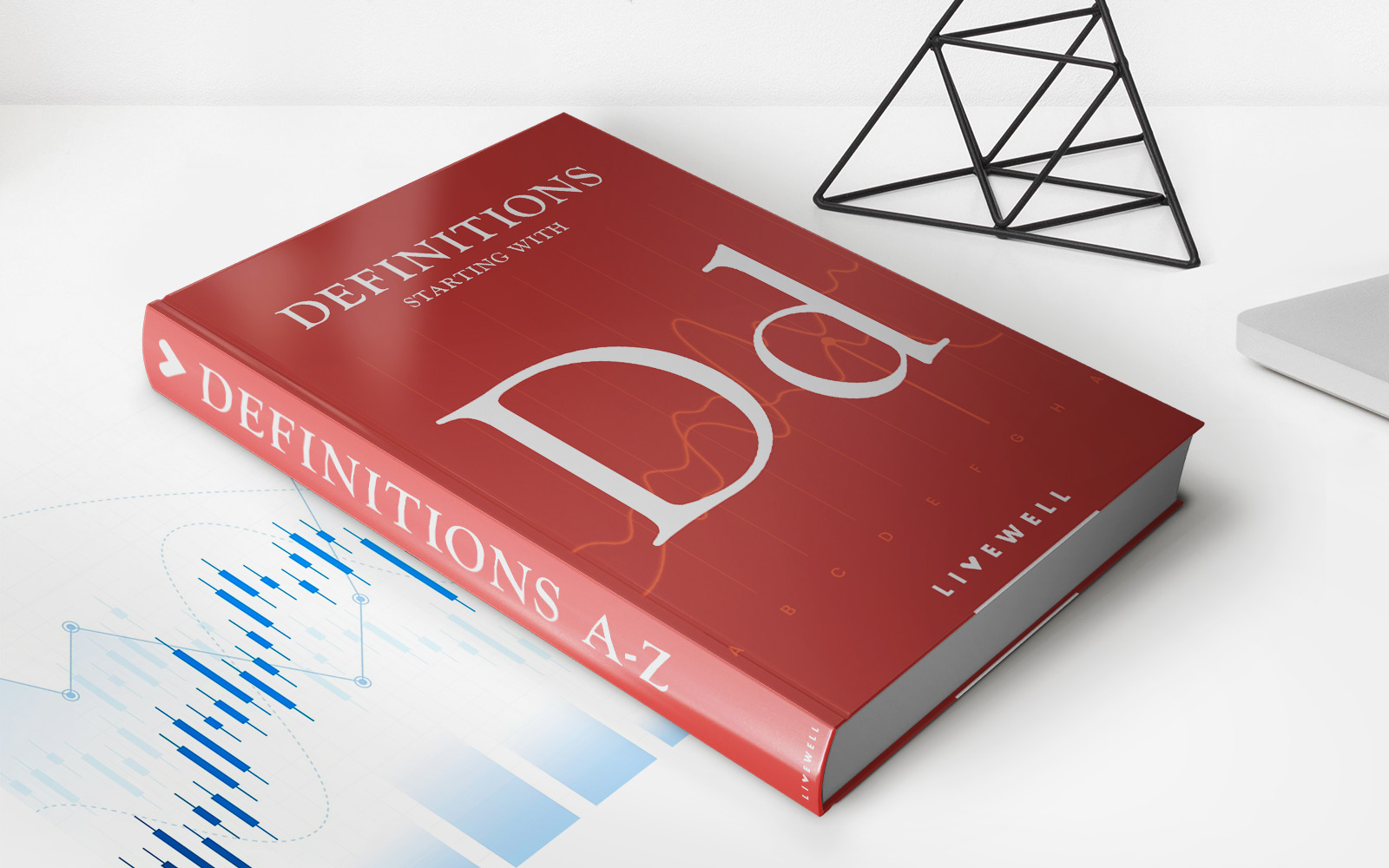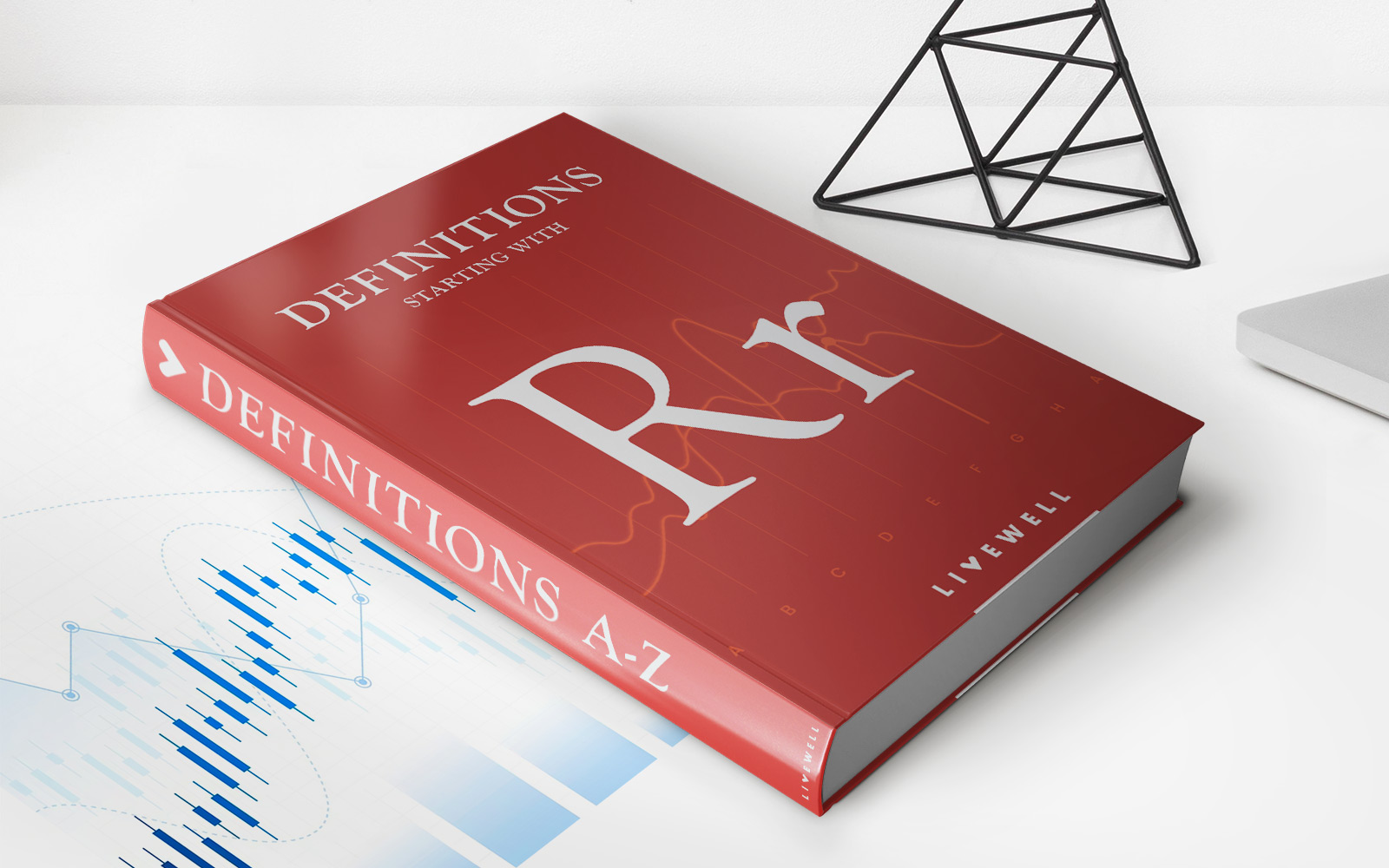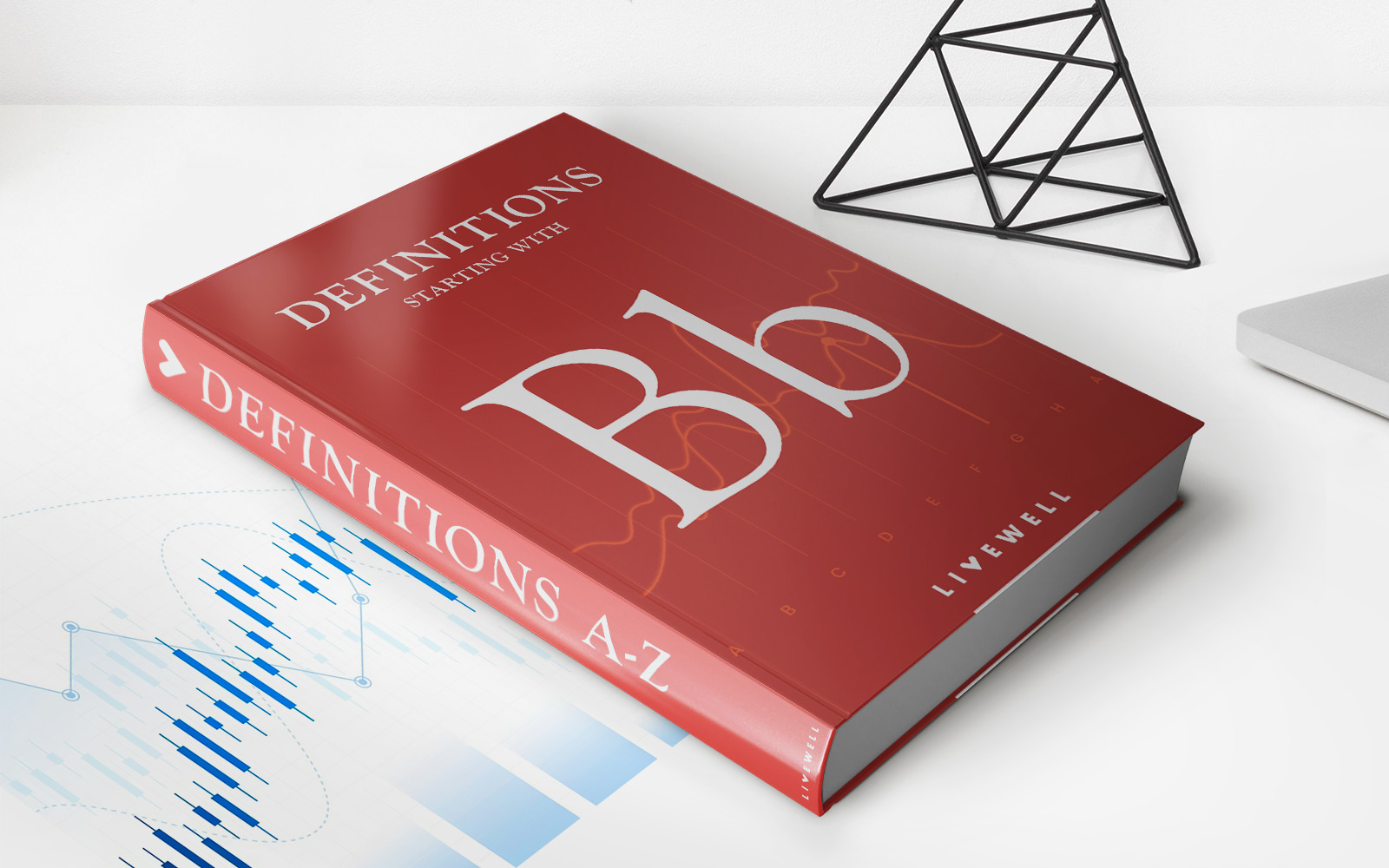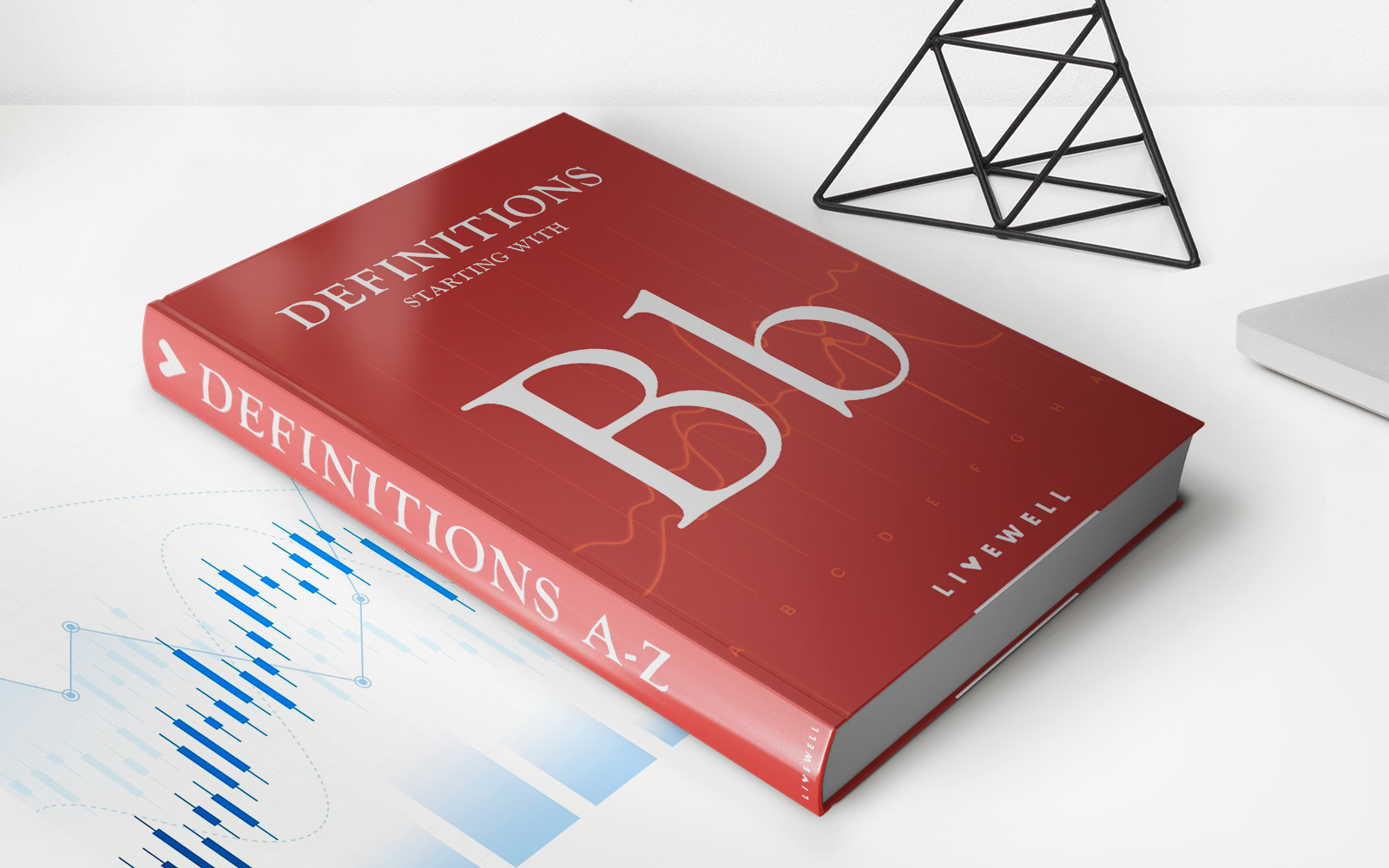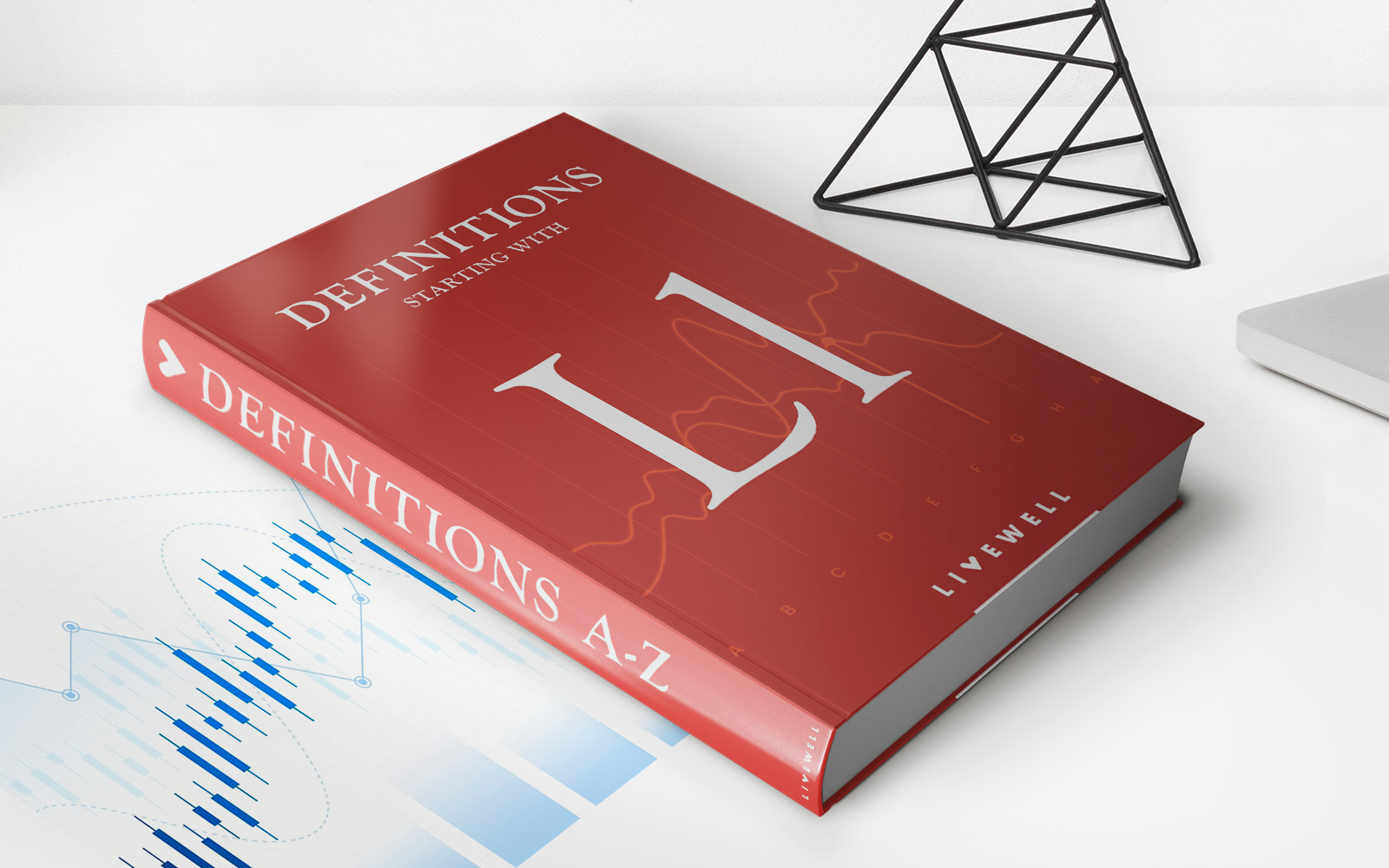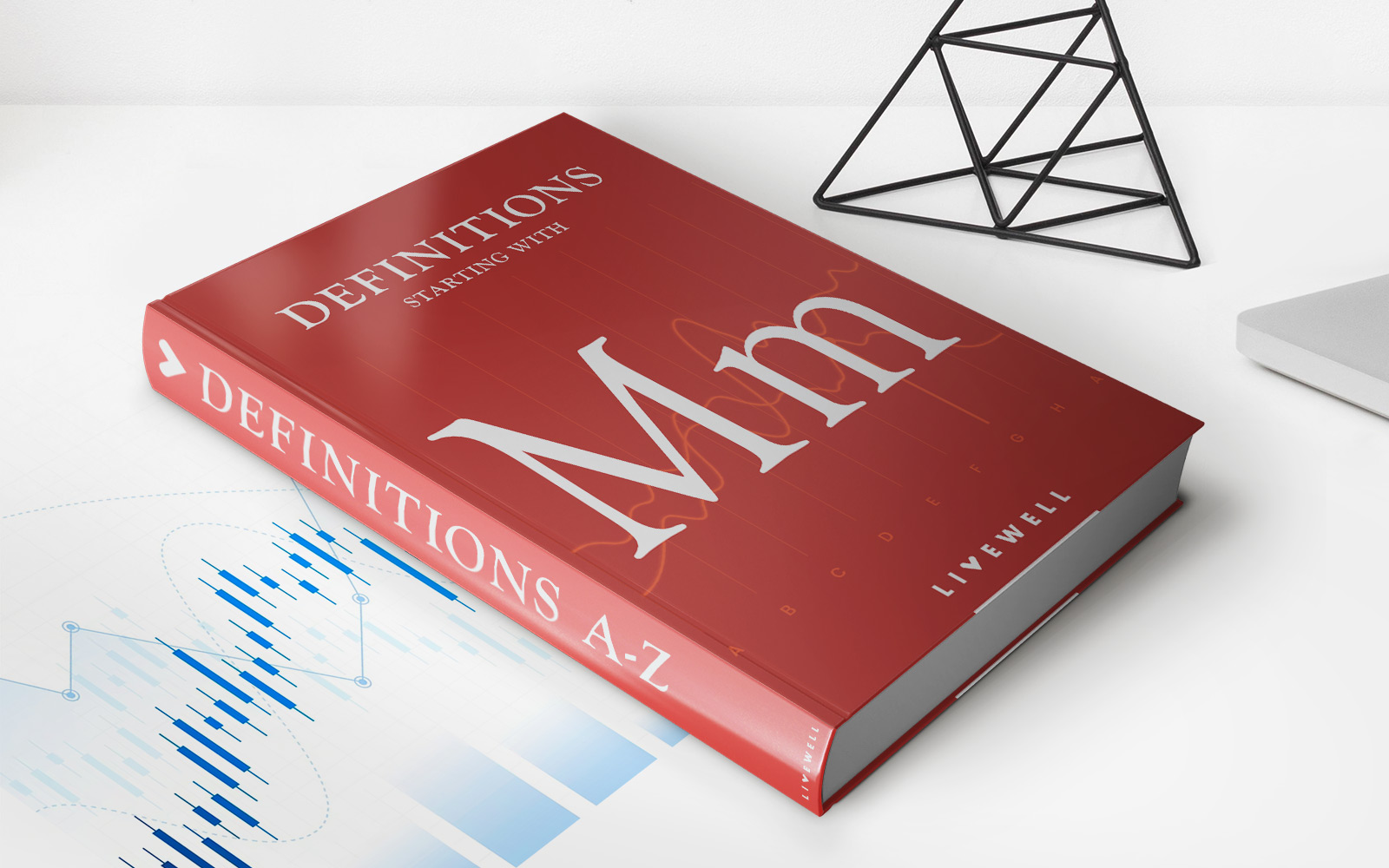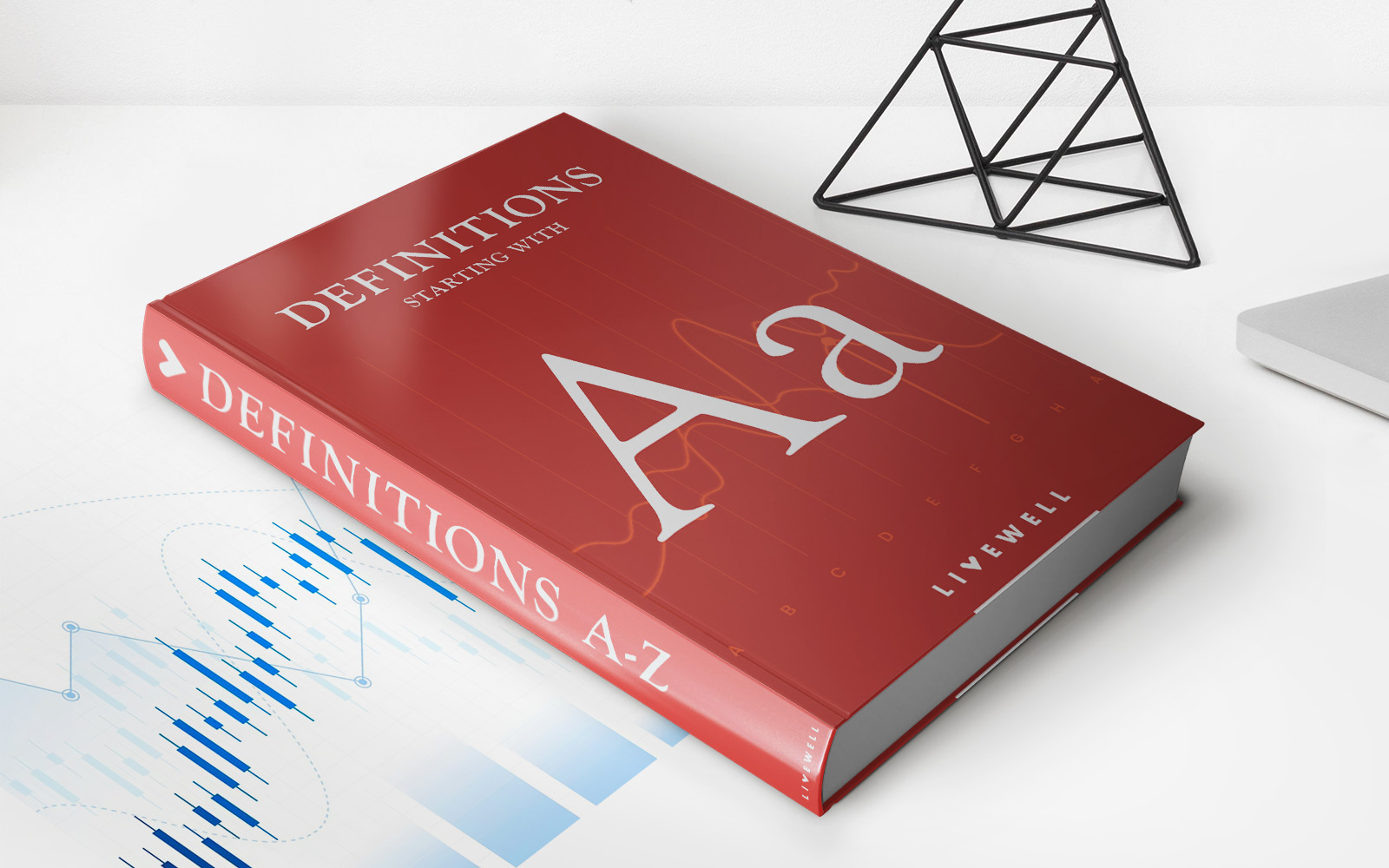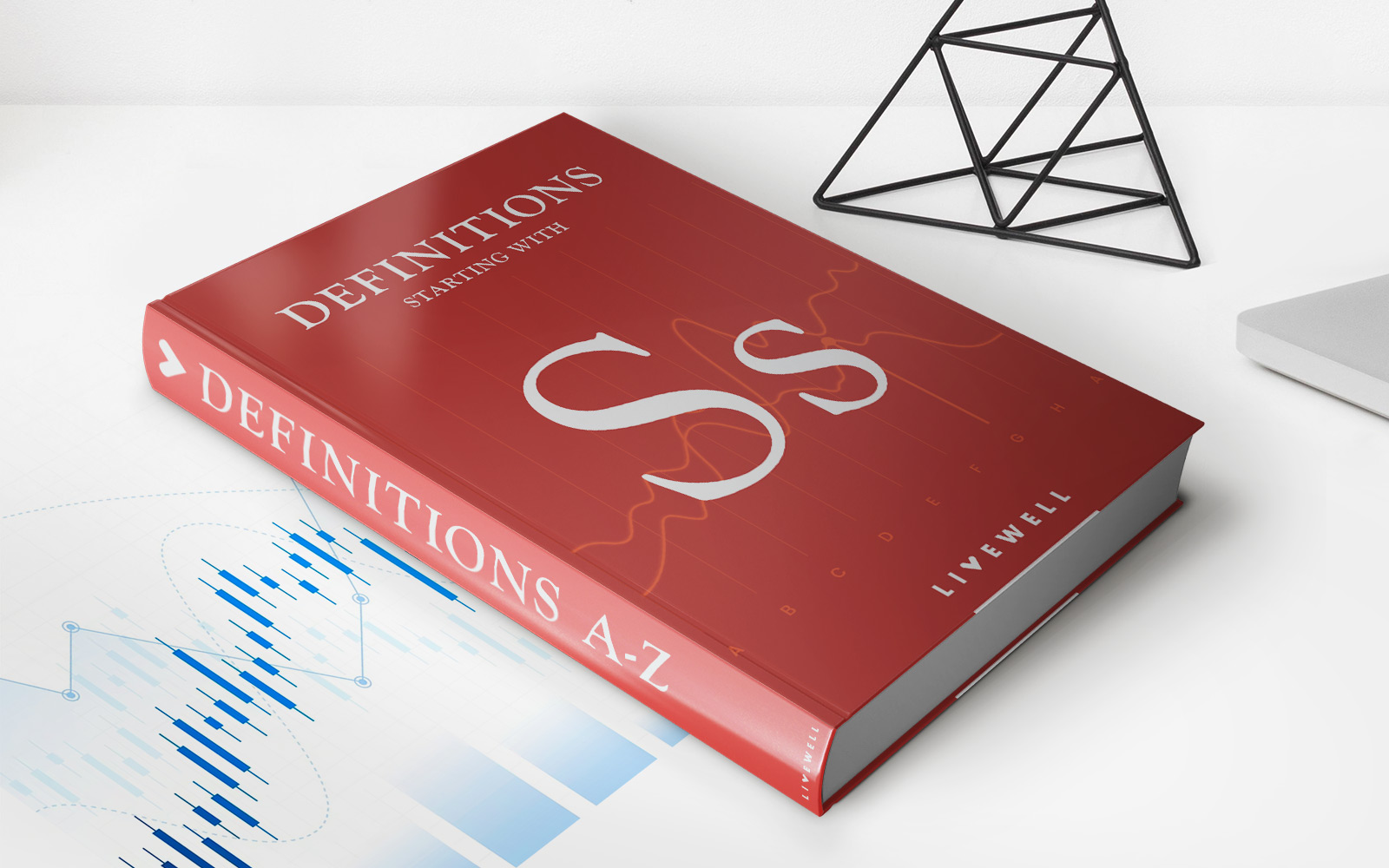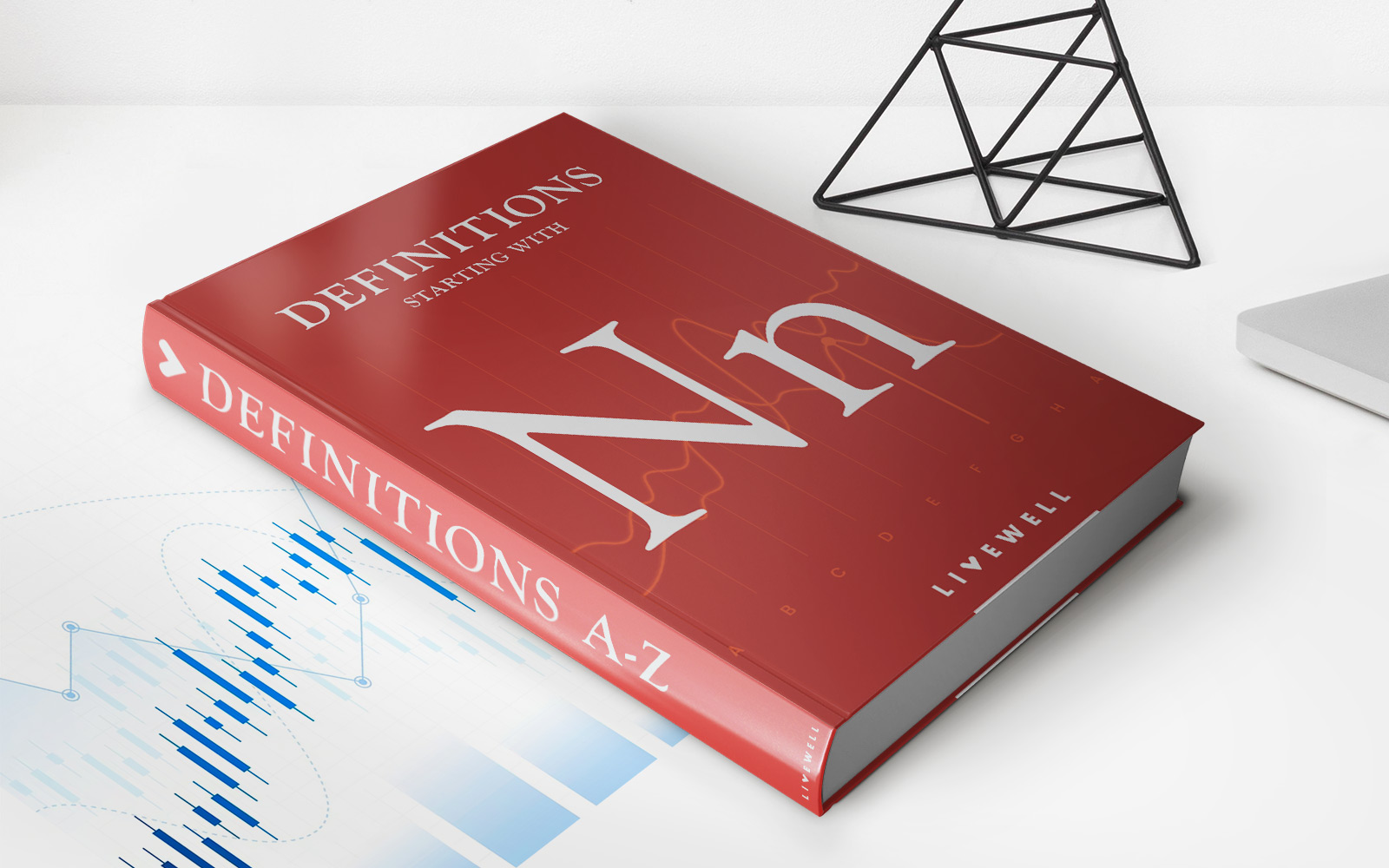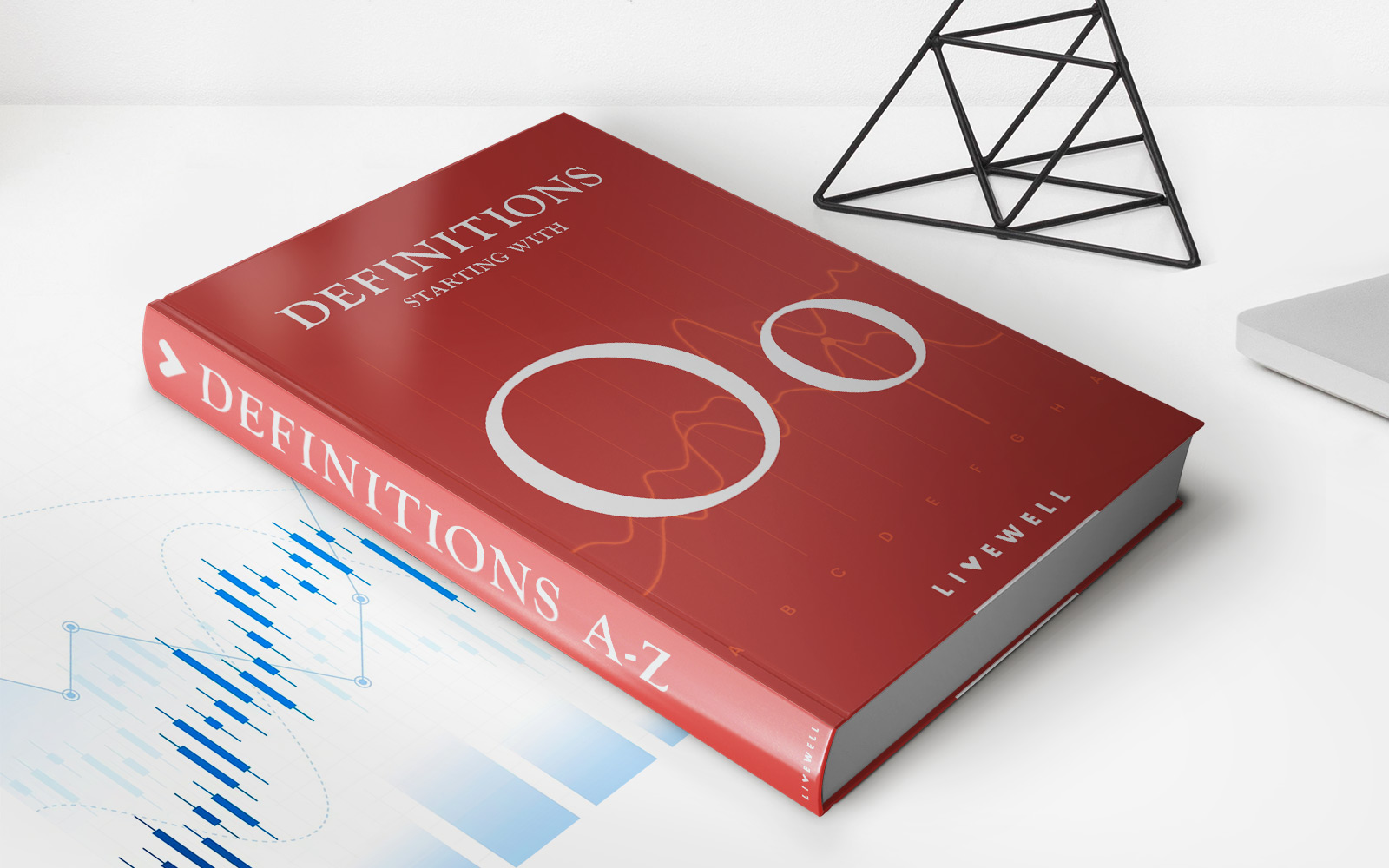Home>Finance>Renko Chart: Definition, What It Tells You, Uses, And Example
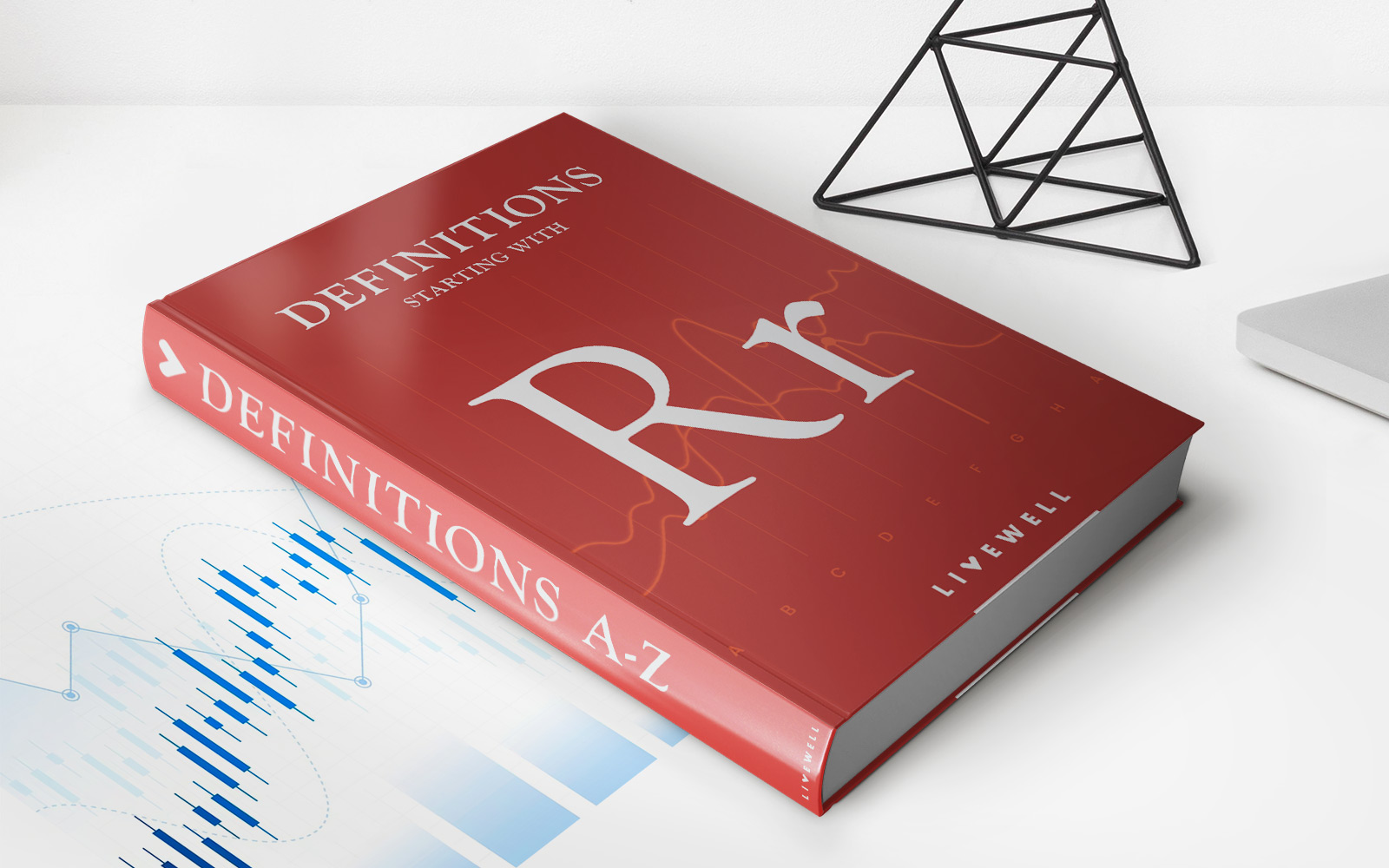

Finance
Renko Chart: Definition, What It Tells You, Uses, And Example
Published: January 18, 2024
Learn the definition and uses of Renko Chart in finance. Discover how this chart can provide valuable insights and explore an example of its application.
(Many of the links in this article redirect to a specific reviewed product. Your purchase of these products through affiliate links helps to generate commission for LiveWell, at no extra cost. Learn more)
A Closer Look at Renko Chart: Definition, What It Tells You, Uses, and Example
When it comes to understanding and analyzing financial markets, having the right tools at your disposal can make all the difference. One such tool is the Renko chart, which provides valuable insights into market trends and price movements. In this article, we will explore the definition of Renko chart, what it tells you, its uses, and provide a real-life example to help you grasp its significance in the world of finance.
Key Takeaways:
- A Renko chart is a type of charting tool used in technical analysis to display price movements.
- Unlike traditional charts, Renko charts focus only on price movements and disregard time intervals.
Definition and Characteristics
The Renko chart is a popular tool used by traders and investors to filter out market noise and identify relevant price movements. Unlike traditional charts, such as line or candlestick charts, Renko charts are primarily concerned with the price movement itself, ignoring the element of time. As a result, the chart consists of bricks or blocks, each representing a specified price range.
The defining characteristic of a Renko chart is that a new brick is only added to the chart when the price moves by a predefined amount, known as the “brick size.” If the price moves above or below the previous brick by an amount equal to or greater than the brick size, a new brick is added in the respective direction. If the price change is insufficient, no brick is added, resulting in gaps in the chart.
What Renko Chart Tells You?
Renko charts provide traders with several valuable insights into market trends and price movements. Here are some of the key things that a Renko chart can tell you:
- Trend Identification: Renko charts help identify trends by highlighting significant price movements. An uptrend is indicated by a series of rising bricks, while a downtrend is represented by a sequence of declining bricks. This easily enables traders to identify and follow the prevailing market trend.
- Noise Filtering: The simplicity of Renko charts makes it easier to filter out market noise. By focusing on significant price movements and ignoring the element of time, traders can eliminate irrelevant information and concentrate on the underlying trend and price action.
- Reversal Patterns: Renko charts also allow for the identification of reversal patterns, such as double tops, double bottoms, and other chart patterns. These patterns can provide valuable clues about potential trend reversals, allowing traders to adapt their strategies accordingly.
Uses of Renko Chart
The Renko chart finds various applications in financial analysis and trading strategies. Here are some common uses of Renko charts:
- Trend Confirmation: Traders often use Renko charts to confirm the direction of a trend determined by other chart types. By providing a simplified representation of price movements, Renko charts can help validate or invalidate trend indications from other charts.
- Support and Resistance Levels: Renko charts can help identify key support and resistance levels more clearly than other chart types. By focusing only on significant price movements, Renko charts allow traders to spot areas where price encounters obstacles and potential reversal zones.
- Entry and Exit Signals: Combining Renko charts with other technical indicators can result in powerful trading signals. Traders often use Renko charts in conjunction with indicators like moving averages, oscillators, and trendlines to generate precise entry and exit signals.
Real-Life Example
Let’s illustrate the application of a Renko chart with a real-life example. Assume you are a swing trader who wants to identify potential trends and reversals in a stock’s price. By analyzing a Renko chart, you notice the following:
- A series of rising green bricks indicating an uptrend.
- A reversal pattern in the form of a double top formation.
- A subsequent decline with a series of red bricks, signaling a potential trend reversal.
Based on this information, you might consider selling your long position or even executing a short trade to take advantage of the anticipated downward price movement.
In conclusion, Renko charts provide a unique perspective on price movements and trend identification, making them a valuable tool for traders and investors. By analyzing price action in a simplified manner, Renko charts can help filter out market noise, identify trends, spot reversal patterns, and generate trading signals. Now that you have a better understanding of Renko charts, consider adding them to your arsenal of financial analysis tools.
